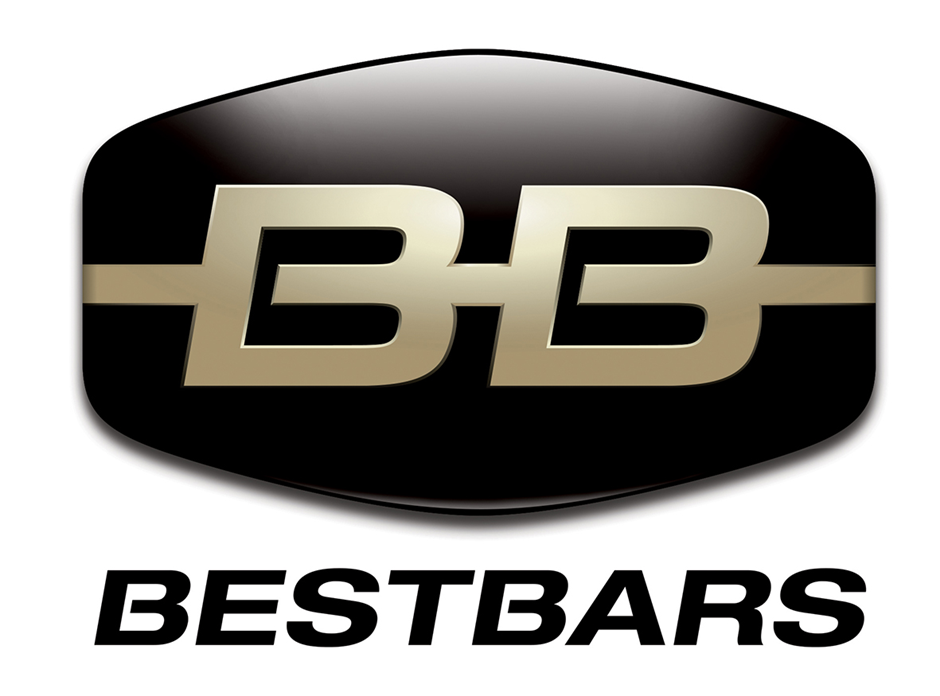Title Page
-
Client
-
Conducted on
-
Prepared by
-
Location
Packs and Condensing Units
-
Ensure all compressor control circuits and contactors are functioning and compressors are running satisfactory. Visually inspect to ensure all compressor fixings are in place and secure in line with the Copeland maintenance documentation.
-
Are all compressors operational and compressor feet are secure? Please report any defects found stating which system / pack and take photos where required.
-
Using a spanner (Torque if available) to check the tightness of the Rota Lock service valve connection on to the compressor body. Use manufacturers settings if Torque spanner is being used.
-
Are all Rota Lock service valve connection tight and no visible corrosion to valve connection? Please report any defects found stating which system / pack and take photos where required. Correct any faults if possible and make SME / Ops aware of any serious concerns.
-
Using an Amp meter, check heater is operational when compressor is NOT running.
-
Are all the Crank Case heaters operational where fitted? Please report any defects and change heaters where required.
-
Take oil sample (one shot test). SOP required which should cover the next step if the oil is out of spec. It should also cover the disposal of the old oil. Add to SOP that, if there are no sample points, these should be fitted when taking the oil sample. SOP required
-
After carrying out oil test was there any defects found i.e. discolouration, acid traces or wax particles? Photos must be taken of oil test and colour
-
Check refrigerant levels are sufficient for correct operation. Ensure oil level is correct in all compressors and oil reservoir.
-
Are the refrigerant levels above 10%? If the levels are below this amount please confirm with SME / Ops prior to adding any refrigerant to the system and report findings. Photos must be taken of all gas levels (sight-glass or level indicator)
-
Are the Oil levels correct? If the levels are below this amount please confirm with SME / Ops prior to adding any oil to the system and report findings. Photos must be taken of all gas levels (sight-glass or level indicator)
-
Using a differential or calibrated gauge, check the pressure differential between the suction and reservoir, for coalescent separators check pressure drop across internal filter
-
When checking pressure differential did you find any issues which would cause oil return problems? Please report issues found and identify the system / pack.
-
Check and test HP, LP and oil control switches, trip main plant controller and let plant run in back up.
-
When checking H.P switches please ensure we have them set below PRV activation point (normally 24.4bar). On the L.P. it would be recommended to stop the system at 0.3bar and oil switches should activate on low oil. Did any of the above prove to be faulty? Please report the issues found and take photos where required. *Ensure the packs are not left in backup*
-
Using a calibrated gauge, check suction and discharge pressure transducers are reading correctly, Calibrate or replace as required.
-
Once the transducers have been checked and calibrated did any fail which need replacement?
-
Check all plant set points and parameters against commissioning data and/ or manufacturers settings. ( R404a, R448a, R407a system the discharge is required to be set at 11bar), ( R404a and R448a HT Suction should be set at 3.4bar and LT set at 0.8bar), (R407a HT suction should be set at 2.7bar)
-
After checking all of the set points on the systems did you find any issues? Please report any findings and add photos where required
-
Check for pressure drop across suction filter.
-
If we find there is a pressure drop on the suction filter please remove the filter using SOP. Was there any suction filters found in any of the systems?
-
Remove and replace liquid line drier cores and label with date changed.
-
Was any liquid line driers not replaced on this visit? If the answer was yes please report why. Photos must be taken of date tag after changing the filter.
-
Visually inspect all pressure vessels (Receiver) in line with PSSR regulations, Ensure vessels are in satisfactory condition with no corrosion.
-
Carry out full inspection of vessels (Receiver) and sealed line components in line with PED procedures. Are there any issues such as corrosion or fracturing of joints visible. Please take photos of problems found and reports which system.
-
Checking and changing pressure relief valves
-
Are the PRV's within the 5 years changing policy? Please report any PRV's out of date to SME / Ops and change where required. Photos must be taken of all date tags and PRVs
-
Visually inspect all pipework and fitting to ensure No visual damage, no evidence of oil seepage, ensure all accessible pipe clamps are checked and tightened were necessary.
-
On inspection was there any issues found with fittings or pipework?
-
After visually inspecting all capillaries/flexible pressure hoses for visual damage or evidence of oil seepage was any faults found?
-
On inspection of all Schrader valves was they all fitted with hexagonal nuts, not hand tight caps (tighten with spanner)? If the valves are not hexagonal nuts type please replace them.
-
On carrying out Test/check on safety systems and back-up systems was any faults found?
-
Check that electrical panel door isolator/interlock is functional, and repair if necessary. Were any of these isolator/interlock found to be unsafe or non operational?
-
Please check and replace missing panel keys, were any damaged or missing?
-
Check all refrigeration electrical panels for signs of overheating. Ensure electrical drawings are outside of the panel. Check electrical panel interlocks are in place and operational. Check and ensure all the covers, cables and isolator interlocks are tidy and in place. Did you observe any unsafe or issue which couldn't be resolved when checking the panels?
-
Are the panel fans operational? Please ensure the internal panel filter has been cleaned.
-
Using an infra- red thermometer, heat check all switch gear and scan along electrical connections. Did you observe any excessive heat spots which require further investigation?
-
Earthing – ensuring security and continuity of bonding to all extraneous metalwork and sub circuit components / panel to panel and to point of supply. Bonding straps to all doors.Condition of electrical control panel and components, indicators and cable management and of pack / unit tube work, trunkings and tray work. Check externally run cables to remote plant components. Condition of all plant external<br>components, electrical terminations, earth bonding, weather proofing and labelling. On visual inspection have you found any areas which are not earthed correctly?
-
Check all panels and reset any present alarms. Is there any alarms which can't be cleared?
Condensers
-
Does the condenser show symptoms of non-condensable within the system?
-
Check correct operation of condensing control and report any issues which could not be corrected. Did you find the condensers not working to required parameters?
-
Do all of the isolator / E-stops for the fans operate correctly?
-
Clean the coil with nitrogen/compressed air or pressure wash and use a degreaser chemical cleaner where required. Did this task clean and clear the coil?
-
Ensure Condenser is clean, both surface and internal of fins. Check condition of condenser and report any failures and take photos if required.
-
Ensure all condenser control circuits and contactors are functioning and fans are free running. Are all of the condenser fans running and are freely spinning?
-
Please take photos of all condensers after cleaning.
Cabinets
-
Check operational of all the defrost heaters on each of the frozen display cabinet. Are all of the heaters working on the cabinets? If not please list cabinet numbers and details to get the heaters changed.
-
Check parameters on all of the cabinets and adjust as required. Have all of the defrost and cabinet settings been checked?
-
Inspect insulation on the cabinets and check for water leaks due to damaged or missing insulation. Are any cabinets aged or damaged which require further works?
-
Are all of the systems communicating with IMS evolve and if present on the store panel?
-
On visual inspection of the cabinets do any electrical panels or cables have signs of burning or scorch marks? If we do find any issues please make your line manager aware asap.
Coldrooms
-
On inspection of all evaporators has any defrost heaters found to be faulty?
-
Are all the end Panels fitted on the coldroom evaporators?
-
Do all of the trace (drain) heaters work correctly?
-
After cleaning all of the evaporators fan guards, fan blades and drip trays was any issue found? i.e. broken guards, rust .... Photos must be taken of all coldroom evaporators after this task has been completed
-
On visual inspection of the coldroom do any electrical panels or cables have signs of burning or scorch marks? If we do find any issues please make your line manager aware asap.
-
Check parameters on all of the coldrooms and adjust as required. Have all of the defrost and coldrooms settings been checked?
-
Are all of the systems communicating with IMS evolve and if present on the store panel?
-
Is there any visible fabric issues with the inner and main doors to the coldroom?
-
Is there any other underlining fabric issues with the coldroom i.e. Micro switches operational, Indicator light on, thermometer within tolerance, room structure and fittings free from damage internally and externally.
Regulations and Clients Alarms system
-
Using the F-gas data provided has a full leak test been completed? If any leaks have been found they must be repaired asap and your line manager made aware.
-
Is any of the systems becoming a risk of failure due to age or condition? Please provide details and photos of any systems which fall under this problem.
-
Have all of the alarms been cleared on the health check and confirmed with team prior to closing the PPM tasks? Please list reasons if the PPM task is not closed due to alarm clearance.
-
Engineers signature
-
Store Signature













